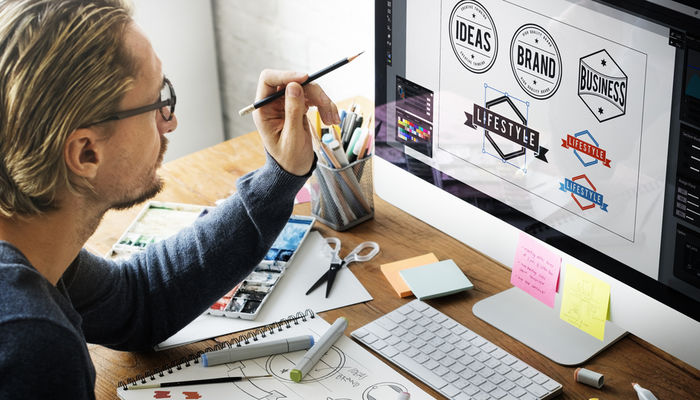
Crafting a memorable logo is a crucial aspect of building a strong brand identity for your small business. In this article, we will explore seven key considerations that will guide you in creating a logo that resonates with your target audience.
From defining your brand identity to choosing the right colors and fonts, we will provide you with valuable insights and practical tips to ensure your logo is not only visually appealing but also representative of your brand's personality and values.
Defining Your Brand Identity
The defining of your brand identity is a crucial step in establishing a strong and cohesive visual representation for your small business. It involves creating a clear and distinctive brand positioning that sets you apart from your competitors and communicates your unique value proposition to your target audience.
Brand positioning is about identifying what makes your business special and differentiating yourself from the competition. It is about finding your unique voice, personality, and values that resonate with your customers.
By defining your brand identity, you can create a consistent and recognizable image that builds trust and loyalty with your audience. This includes choosing the right colors, fonts, and design elements that align with your brand positioning and effectively communicate your message.
A well-defined brand identity not only helps you stand out in a crowded marketplace but also establishes a strong foundation for all your marketing efforts.
Understanding Your Target Audience
To craft a memorable logo for your small business brand, it is crucial to understand your target audience. By analyzing their demographics and preferences, you can create a logo that resonates with their interests and values.
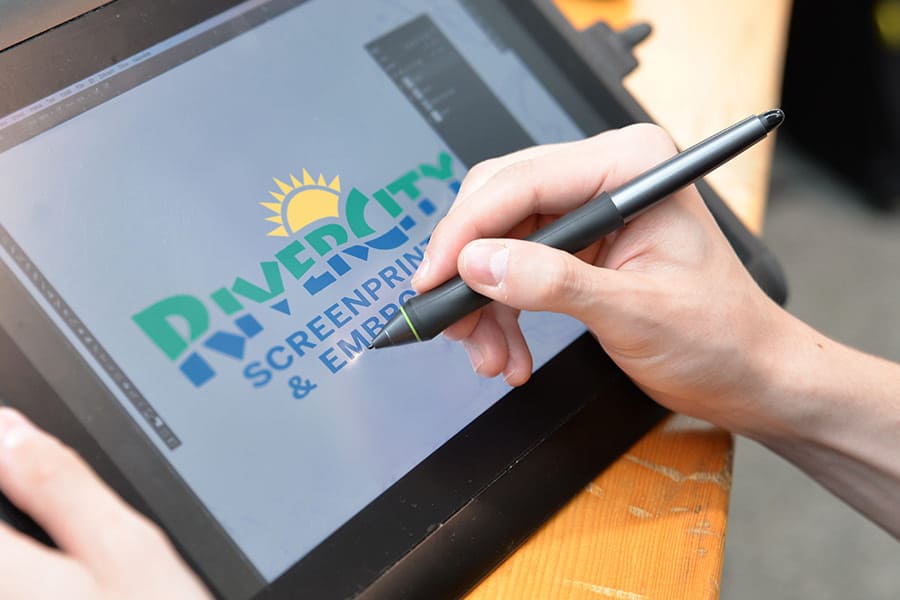
Additionally, considering the emotional connection and resonance your logo evokes, as well as the cultural and societal influences that shape your audience's perception, will help you design a logo that captures their attention and leaves a lasting impression.
Demographics and Preferences
Understanding the specific demographics and preferences of your target audience is crucial when crafting a memorable logo for your small business brand. Consumer behavior and market analysis play a significant role in identifying the needs and desires of your potential customers. Here are some key considerations to keep in mind:
Age and Gender: Understanding the age range and gender of your target audience can help you design a logo that resonates with them on a personal level.
Lifestyle and Interests: Consider the lifestyle and interests of your target audience to create a logo that reflects their values and aspirations.
Cultural Background: Take into account the cultural background of your target audience to ensure that your logo is culturally sensitive and inclusive.
Aesthetic Preferences: Pay attention to the aesthetic preferences of your target audience, such as color schemes, typography, and design styles, to create a visually appealing logo.
Emotional Connection and Resonance
Creating an emotional connection and resonance with your target audience is essential for a successful logo design, as it can evoke feelings and associations that align with your small business brand. By understanding your target audience, you can design a logo that speaks to their desires, values, and aspirations.
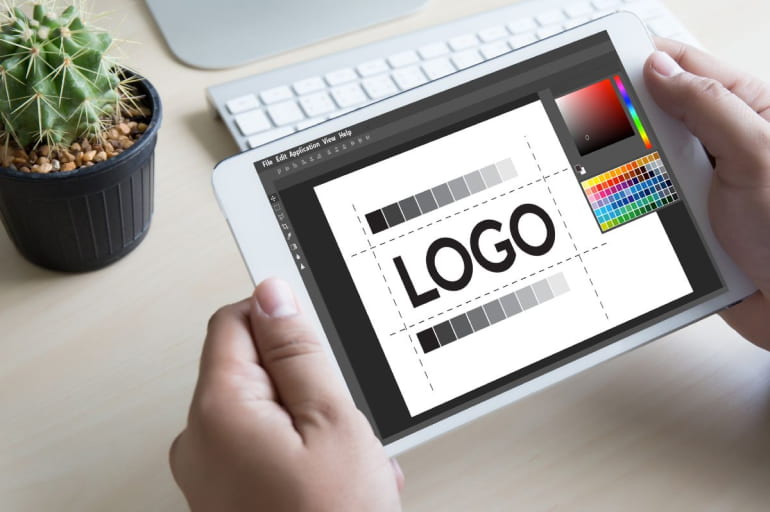
Building trust is crucial in establishing a strong emotional connection, as customers are more likely to engage with a brand they trust. Incorporating storytelling into your logo can help create this connection by weaving a narrative that resonates with your audience.
Whether it's through the use of symbols, colors, or typography, a well-designed logo can convey the essence of your brand and evoke the desired emotional response. Remember, a logo is not just a visual representation; it is a powerful tool for building a lasting connection with your target audience.
Cultural and Societal Influences
Frequently overlooked but crucially important, cultural and societal influences play a significant role in shaping the preferences and perceptions of your target audience, making it essential for small businesses to understand these factors when crafting a memorable logo.
By tapping into cultural trends and historical influences, businesses can create logos that resonate with their audience on a deeper level. Here are some key considerations:
Cultural trends: Stay up-to-date with the latest cultural trends that are relevant to your target audience. Incorporating elements that align with their interests and values can help your logo connect with them.
Historical influences: Research the historical influences that have shaped your target audience's identity. Incorporating elements or symbols that evoke nostalgia or pride can create a sense of familiarity and connection.
Diversity and inclusivity: Ensure that your logo represents the diversity and inclusivity of your target audience. Embracing different cultural backgrounds and identities can foster a sense of belonging and attract a wider customer base.

Local context: Consider the local context in which your business operates. Understanding the cultural norms and preferences of the specific region can help you create a logo that resonates with the local community.
Researching Competitor Logos
To gain insights into competitor branding strategies, conducting thorough research on their logos is crucial for small businesses.
Exploring competitor branding allows businesses to understand the trends in their industry and identify ways to stand out from the crowd.
Analyzing logo trends helps small businesses to avoid common clichés and create a unique visual identity that resonates with their target audience.
By studying competitor logos, businesses can identify gaps in the market and find opportunities to differentiate themselves.
This research also provides valuable information on color palettes, typography choices, and design styles that are effective in their industry.
Ultimately, researching competitor logos enables small businesses to make informed decisions when crafting their own logo, ensuring that it is memorable, distinctive, and aligned with their brand values.
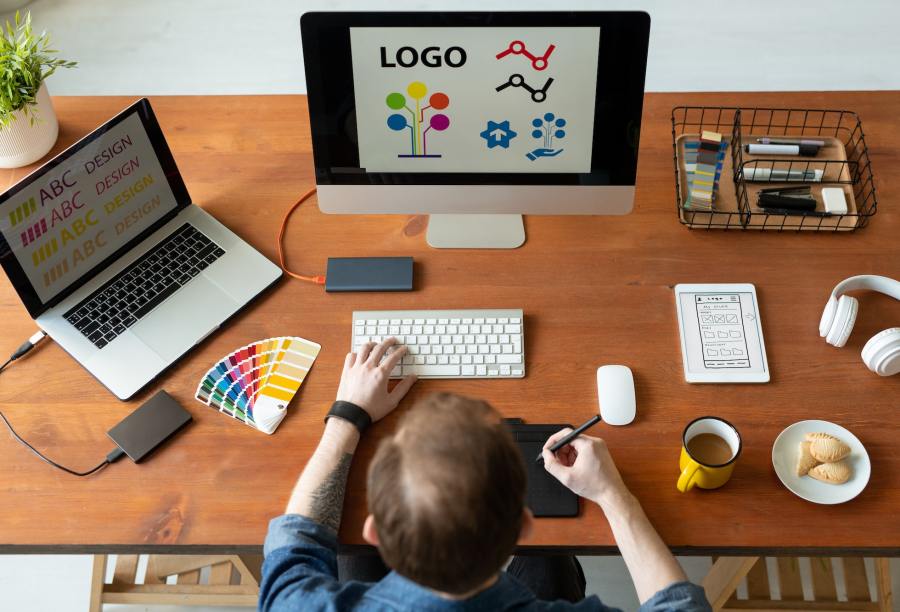
Incorporating Brand Personality
When it comes to incorporating brand personality into your logo, there are a few key points to consider.
First, choosing visual elements that align with your brand's values and identity is crucial. This includes selecting colors, fonts, and symbols that evoke the desired emotions and perceptions.
Additionally, creating an emotional connection with your audience through your logo can help establish a strong brand presence and foster brand loyalty.
Choosing Visual Elements
Choosing the right visual elements for your small business logo is crucial in creating a strong brand identity. By incorporating brand personality into your logo design, you can effectively communicate your company's values, mission, and culture to your target audience.
Here are four reasons why brand personality should be considered when choosing visual elements for your logo:
Visual storytelling: Your logo should tell a story about your brand, evoking emotions and connecting with your audience on a deeper level.
Minimalist design: A clean and simple logo design can convey a sense of sophistication and professionalism, while also making it easier for your audience to remember and recognize your brand.
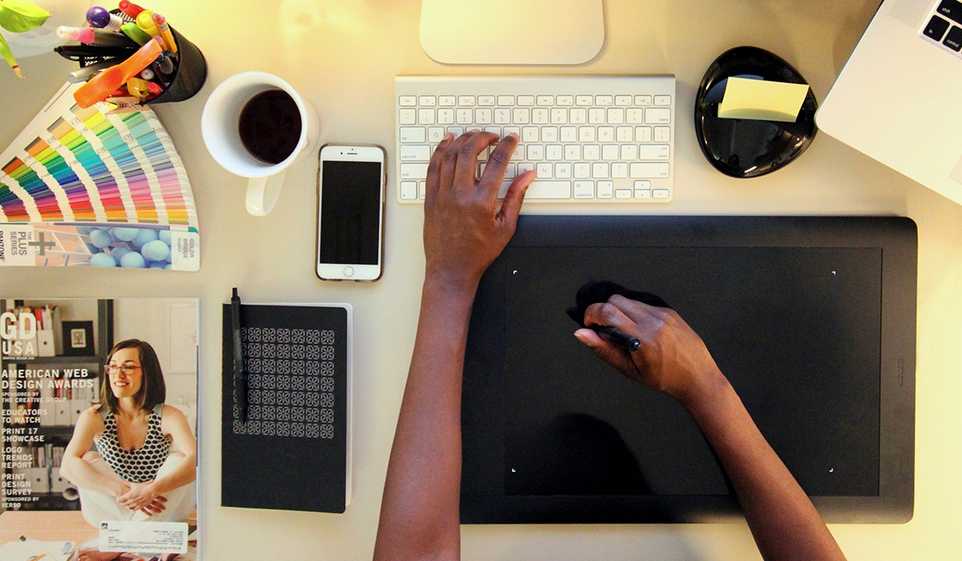
Authenticity: Your logo should reflect the unique personality and character of your brand, helping to build trust and credibility with your customers.
Differentiation: Incorporating brand personality into your logo can help you stand out from your competitors and create a memorable visual identity for your small business.
Reflecting Brand Values
Incorporating brand personality into your logo design reflects your small business's values and creates a strong visual representation of your brand. Your logo should not only be aesthetically pleasing but also effectively communicate your brand messaging and tell a story.
By infusing your logo with your brand's values, you are able to connect with your target audience on a deeper level.
To reflect your brand values, consider the colors, fonts, and symbols that best represent your brand's personality. For example, if your small business focuses on sustainability and eco-friendliness, incorporating earth tones and organic shapes into your logo can visually convey these values. Similarly, if your brand is bold and energetic, using vibrant colors and dynamic typography can help capture your brand's energy.
Ultimately, by incorporating your brand personality into your logo, you are able to create a visual storytelling experience that resonates with your audience and creates a lasting impression.
Creating Emotional Connection
To establish an emotional connection with your target audience, it is crucial to infuse your logo with the unique personality of your brand. Your logo should be more than just a visual representation; it should evoke feelings and emotions that resonate with your customers. Here are some ways to create an emotional connection through your logo:
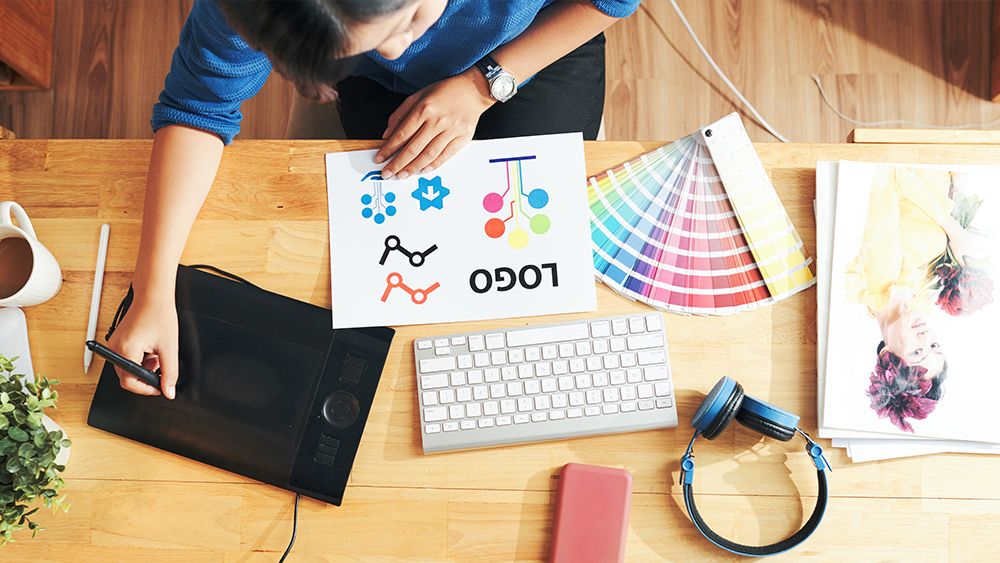
- Incorporate elements that reflect your brand's values and mission, so customers can align themselves with your purpose.
- Use colors that evoke certain emotions and feelings. For example, blue can symbolize trust and reliability, while red can evoke excitement and passion.
- Incorporate symbols or imagery that evoke nostalgia, as this can create a sense of familiarity and comfort for your customers.
- Ensure your logo is visually appealing and aesthetically pleasing, as this can create a positive emotional response.
Choosing the Right Colors and Fonts
When selecting colors and fonts for your small business logo, it is crucial to consider the message and brand identity you want to convey. Color psychology plays a significant role in shaping how people perceive and interpret your logo. Different colors evoke specific emotions and can influence consumer behavior. For example, blue is often associated with trust and reliability, while yellow represents optimism and energy. It is essential to select colors that align with your brand values and resonate with your target audience.
Similarly, font psychology also plays a crucial role in logo design. Fonts have the power to convey different tones and personalities. Serif fonts like Times New Roman are often associated with tradition and professionalism, while sans-serif fonts like Helvetica are considered modern and minimalistic. It is important to choose a font that reflects your brand's personality and complements your logo design.
Ensuring Scalability and Versatility
How can you ensure scalability and versatility in your small business logo design?
Designing a logo that can adapt to different mediums and sizes is crucial for the success of your brand. Here are some key considerations to keep in mind:
Simplicity: Opt for a simple design that can be easily scaled up or down without losing its impact.
Color palette: Choose a combination of colors that can be reproduced accurately across various platforms and materials.
Typography: Select fonts that are legible and versatile, ensuring that they can be resized without compromising readability.
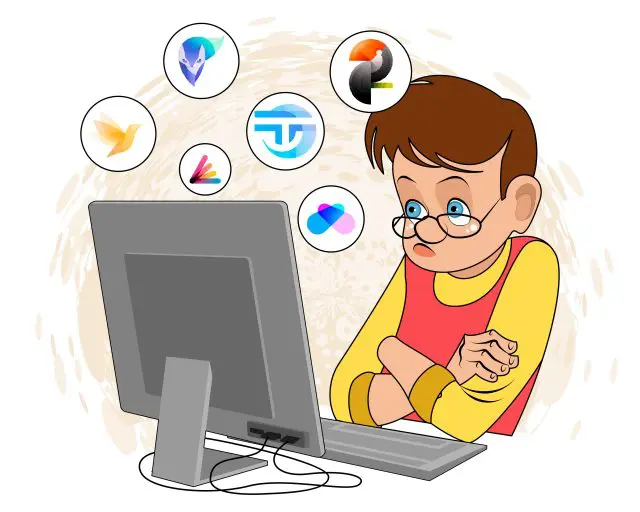
Iconography: Use icons or symbols that can be easily recognized and understood, even when scaled down to small sizes.
Seeking Professional Design Assistance
In order to ensure the highest level of expertise and quality, it is essential to consider seeking professional design assistance for your small business logo.
While DIY logo creation may seem like a cost-effective option, it often lacks the finesse and creativity that professional designers bring to the table.
Professional designers are well-versed in the latest logo design trends, ensuring that your logo is not only visually appealing but also relevant and modern.
They have the skills and experience to create a logo that captures the essence of your brand and resonates with your target audience.
Frequently Asked Questions
How Can I Legally Protect My Logo Design?
Trademark registration is crucial for legally protecting your logo design. It establishes your ownership and prevents others from using similar marks in the same industry. Copyright infringement can occur if someone copies your logo without permission.
What Are Some Common Mistakes to Avoid When Designing a Logo?
When designing a logo, it is important to avoid common mistakes such as using too many elements, using complex designs, and neglecting simplicity. Simplicity is crucial in creating a memorable and effective logo.
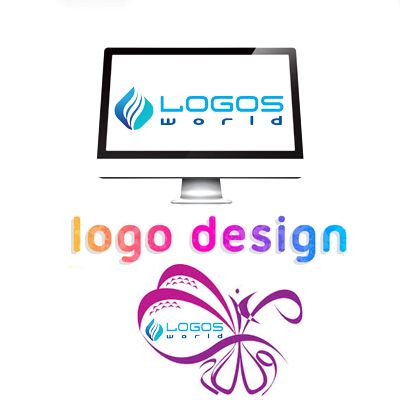
Should I Include My Business Name in the Logo Design?
Including your business name in the logo design can enhance brand recognition and create a strong visual identity. However, it is important to consider logo design trends, symbolism, and storytelling to ensure maximum impact and create a memorable logo.
What Are Some Unique Ways to Make My Logo Stand Out From Competitors?
In order to make your logo stand out from competitors, consider using creative techniques and unconventional approaches. By thinking outside the box and incorporating unique elements, your logo can capture attention and differentiate your brand in the market.
How Important Is It to Regularly Update or Refresh My Logo Design?
Regularly updating or refreshing your logo design is crucial for the success of your small business brand. It ensures that your brand remains relevant, resonates with your target audience, and reflects any changes in your business or industry. However, there are pros and cons to consider when deciding whether to stick with the same logo design over time.
 Digital Art InstructionDIY Infographics DesignMobile Game ArtworkPersonalized Logo Design3D AnimationeBook Covers DesignPrivacy PolicyTerms And Conditions
Digital Art InstructionDIY Infographics DesignMobile Game ArtworkPersonalized Logo Design3D AnimationeBook Covers DesignPrivacy PolicyTerms And Conditions
